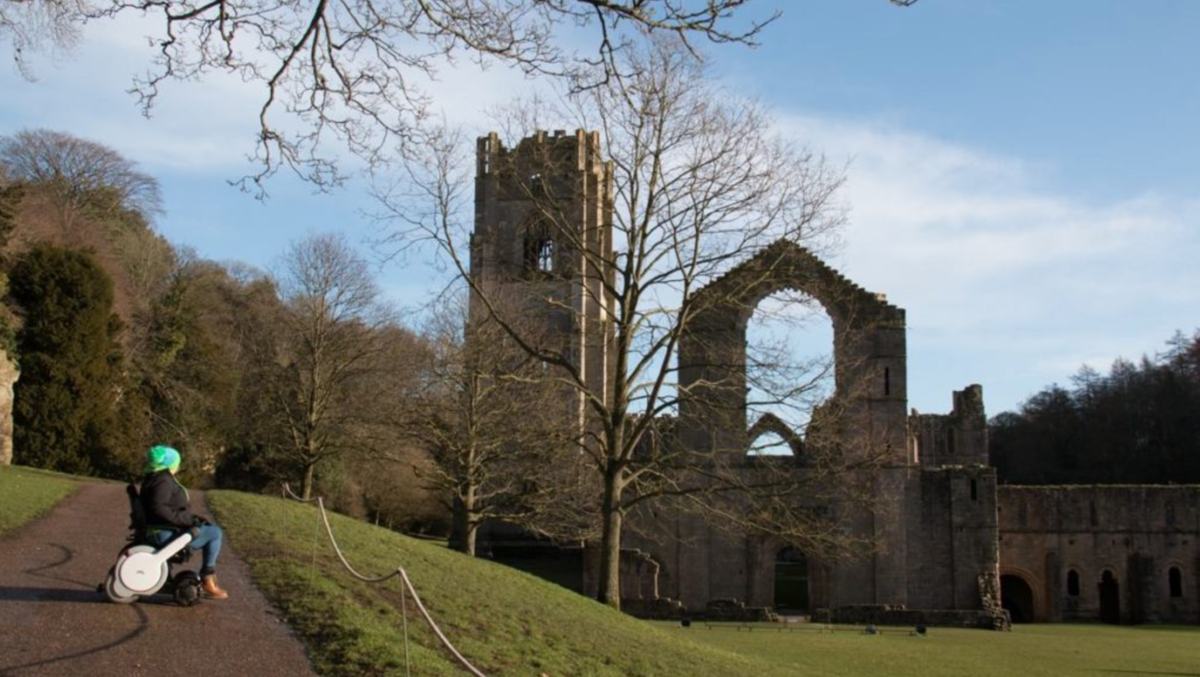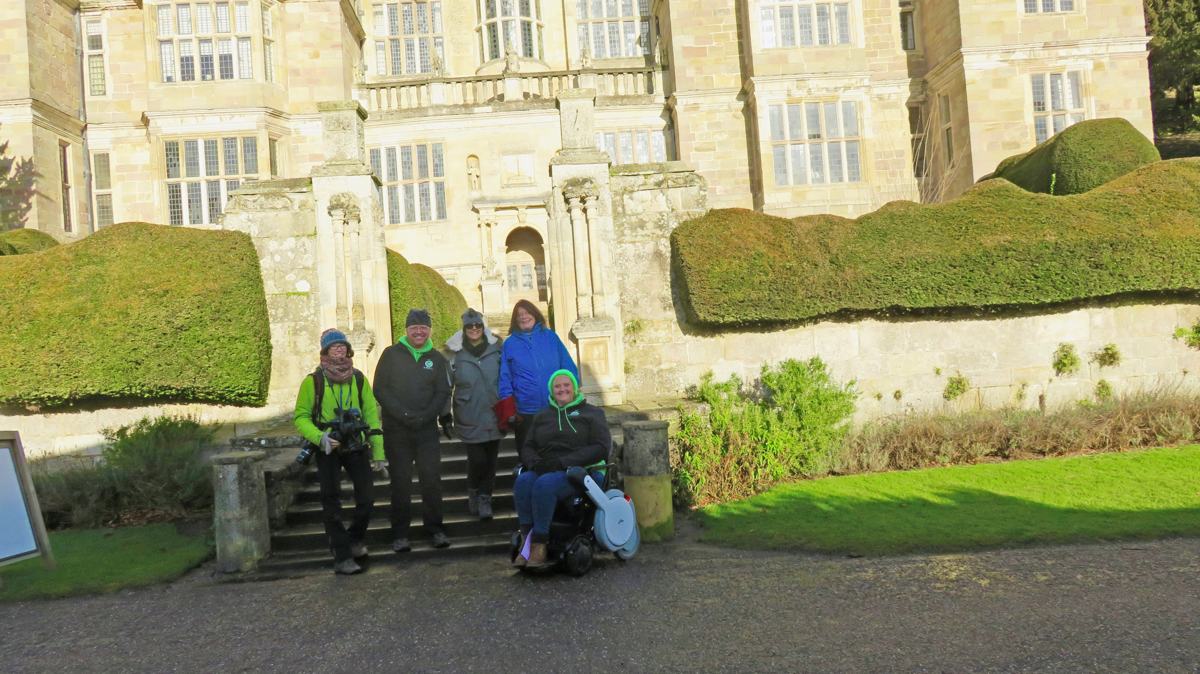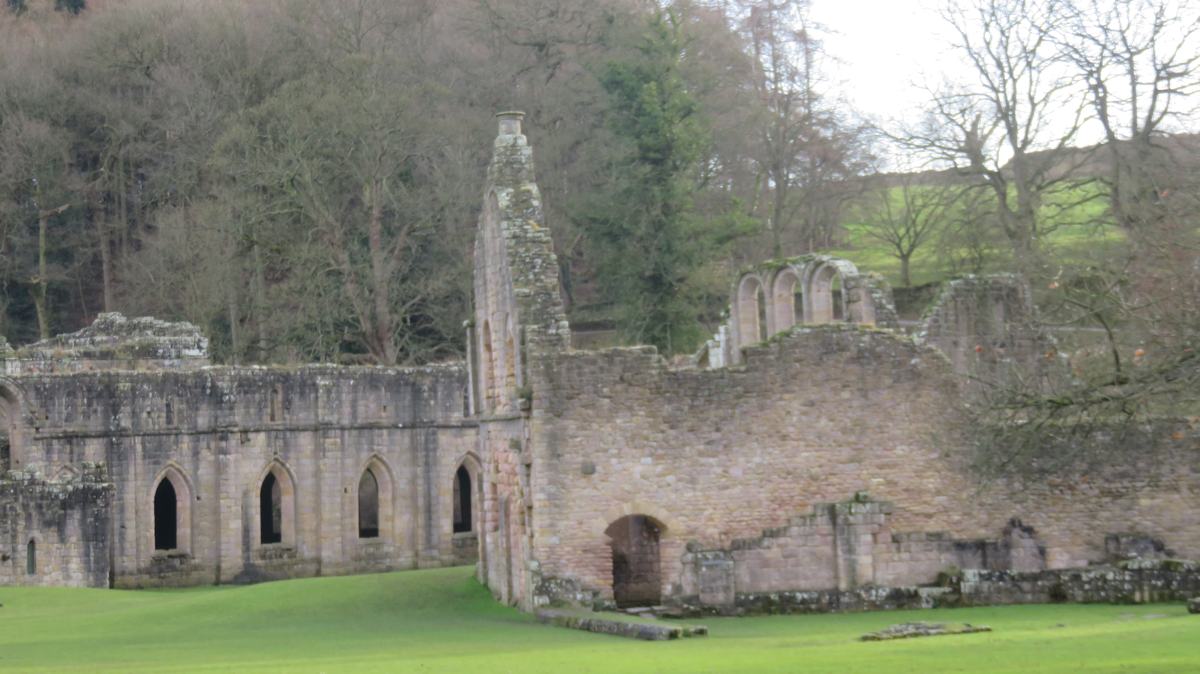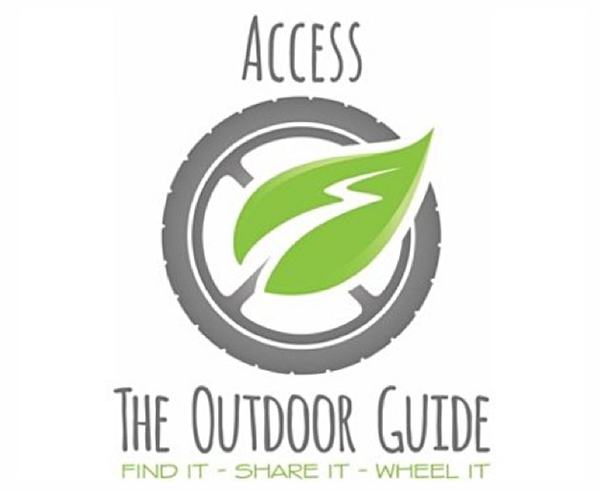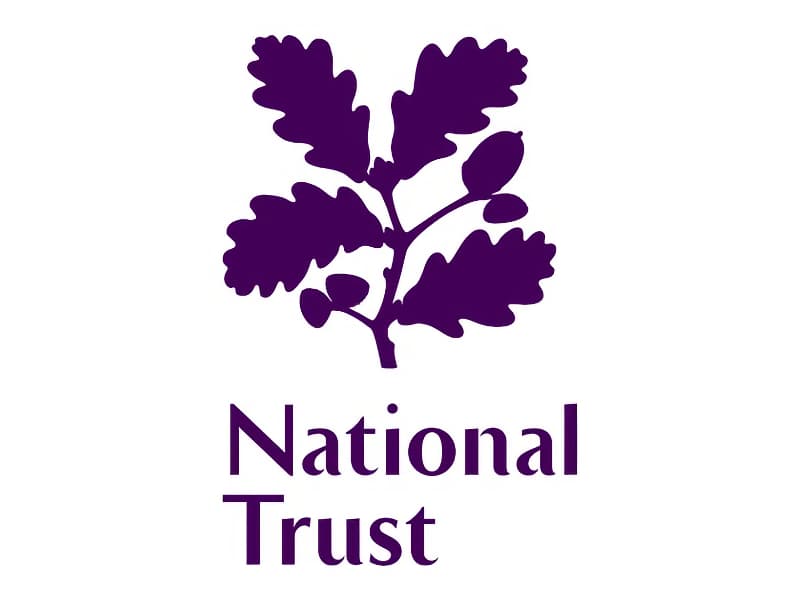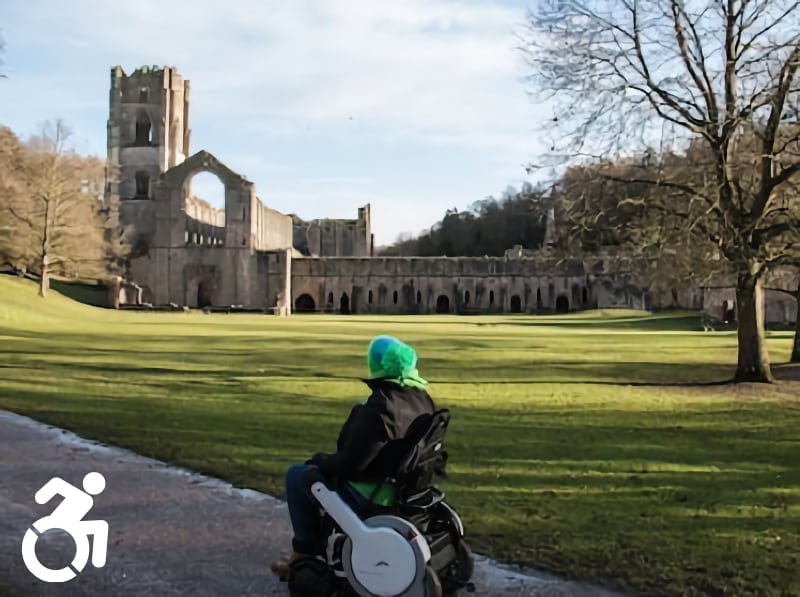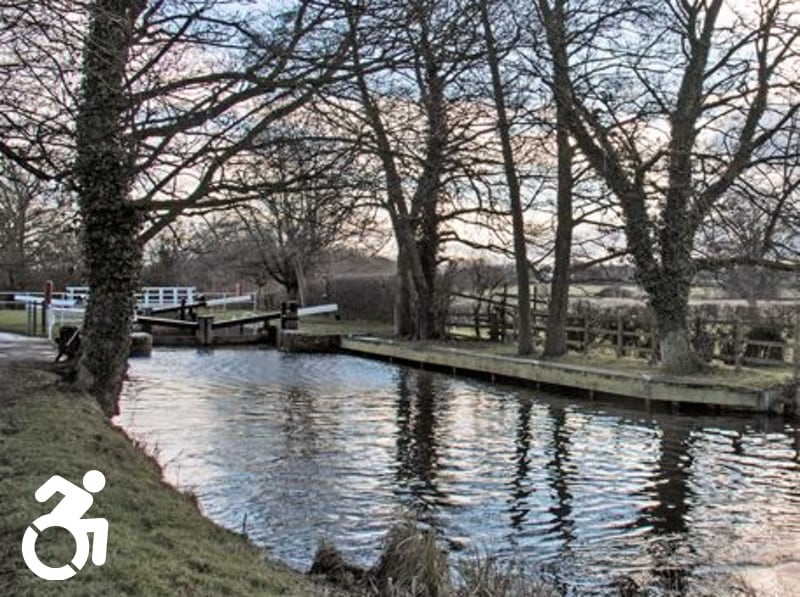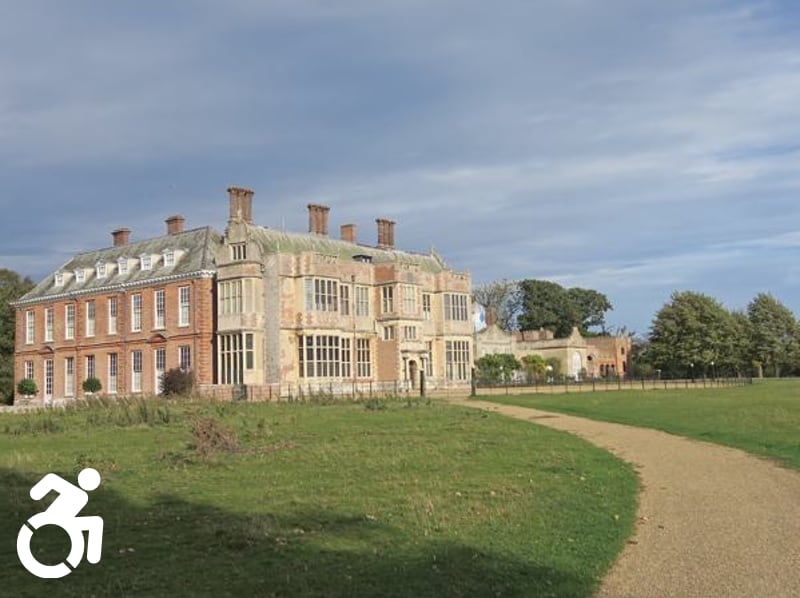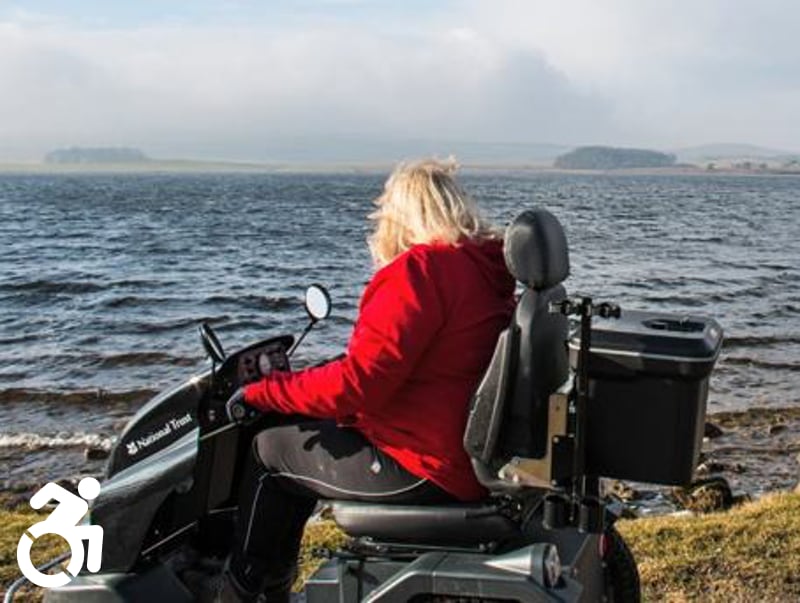Fountains Abbey and Studley Royal Water Gardens is located approximately 3 miles south-west of Ripon in North Yorkshire, near to the village of Aldfield. It is one of the largest Cistercian houses in England and, together with Studley Royal Park, has been awarded UNESCO World Heritage Status. Although in ruins, the abbey is still one of the largest and best preserved Cistercian Houses in England, and as such it is a Grade I listed building, now owned by the National Trust.
It is a fabulous place to visit for a day out as there is so much to see and do. It is great for wheelchair users and prams as there are many paths around the grounds and amongst the ruins, which makes it a place to visit which is accessible for all. The café and visitor centre is accessible too. At this National Trust property there are some all terrain wheelchairs which are available for hire. It’s best to phone a book one before your visit. The staff will have it ready and waiting for you when you arrive.
Fountains Abbey is one of the largest and best preserved Cistercian monasteries in England. As well as the Abbey, there is the water garden to explore, the Victorian church and the medieval deer park.
The name ‘Fountains Abbey’ comes from the large number of natural springs in the area. The abbey was founded in 1132 AD by the 13 exiled Benedictine Monks from St Mary’s Abbey in York which is approximately 30 miles to the south of Ripon. Within three years Fountains Abbey had been accepted into the Cistercian Order, and lay brothers were appointed to tend to and to cultivate the land (at this time, the abbey’s vast lands expanded almost into the Lake District) Fountains Abbey became a centre for missionary work in the north of England. Life was hard and the monks almost gave up. Archbishop Thurston of York described the land as, ”Fit rather to the lair of wild beasts than the home of human beings”. Sheep farming was the main source of income.
In the Porters Lodge, there is a timeline and map which shows drawings of the first abbey, which was a scattering of a few timber framed buildings.
Gradually the timber houses were replaced by stone buildings and the abbey was built in the style of an traditional monastic cloister. The church was the first building to be rebuilt in stone, and this was finished by 1136. However a fire, which swept through the abbey estate, burnt the timber buildings and church down to the ground. Building work started again, but this time all in stone.
The power, influence and riches of the abbey grew and prospered for another 400 years but by the 1530s Henry VIII had become angered by the influence of the churches, their wealth and independence from the Crown. By an Act of Parliament, known as the “Dissolution of the Monasteries”, Henry VIII closed all monasteries and nunneries in 1539.
The abbey was sold off by the crown and much of the stone was used to build the nearby Fountains Hall . What was left of the abbey fell to ruins. For the next two hundred years nothing happened to at the abbey.
Fountains Hall was owned by John Messenger and the Messenger family held it until 1768 when it was purchased by William Aislabie, who had grand plans for the newly formed Fountains Abbey and Studley Royal Park Estate. He went on a grand Tour of Europe, visiting the gardens of Versailles and Chatsworth for ideas for his estate, and these influenced the design and layout of the water gardens and buildings which you see today. In his plans to impress visitors to his Yorkshire estate he turned the wild and wooded valley of the river Skell into one of England’s most spectacular Georgian water gardens. The view from “The Surprise View” or “Anne Boleyn’s Seat” were designed to give a wow factor giving amazing views of the Abbey ruins in the distance.
Give yourself at least three hours to explore the Fountains abbey, water gardens and the deer park. There is a vast area to explore so for those with poor mobility it is worth thinking about hiring a wheelchair for the visit.
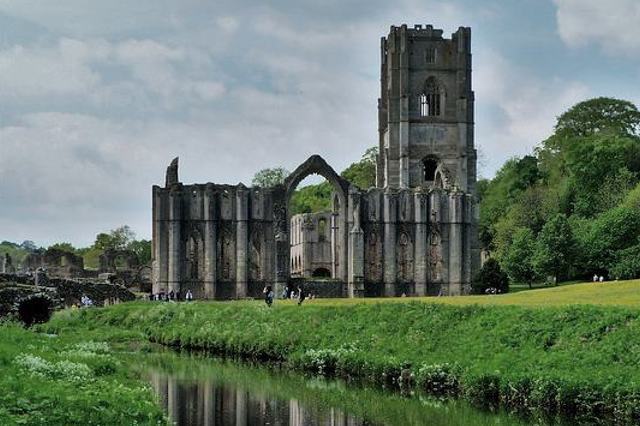
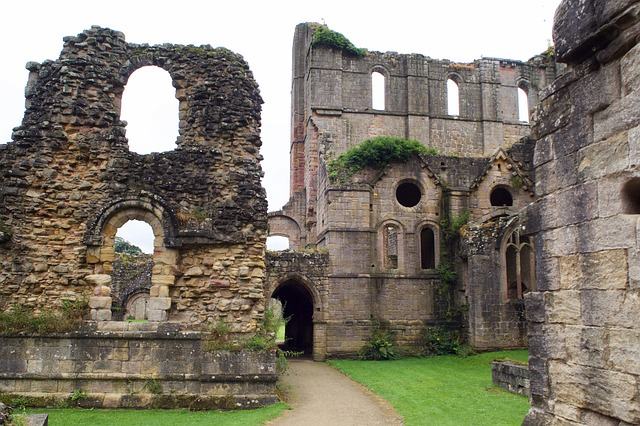
There are three carparks for Fountains Abbey. The accessible entrance and designated blue badge parking is located at the West Gate. On Bank holidays and busy days, West Gate car park is reserved for mobility parking only. This is really good to know, as during the school holiday, and at weekends, Fountains Abbey is a very popular visitor spot.
The Visitor Centre is sited on top of a hill, with very steep paths down to the abbey ruins. It is for this reason that the National Trust have put the disabled entrance to the Fountains Abbey from the West Gate, which allows easy access to the ruins and water gardens. I suggest that if you are wanting to visit this area, use the Visitor Centre car park at the top of the hill. Alternatively there is a mini bus service between the three car parks. This runs on a 30min schedule. Wheelchairs can be carried on the mini bus, but the person should be able to get out of the wheelchair to get on. The visitors centre and café are wheelchair accessible and accessible loos are located there too! There is a café by the lakeside if you don’t want to tackle the climb to the top of the hill!
It is from West Gate that you would collect the mobility scooter if you have arranged to borrow one for your visit.
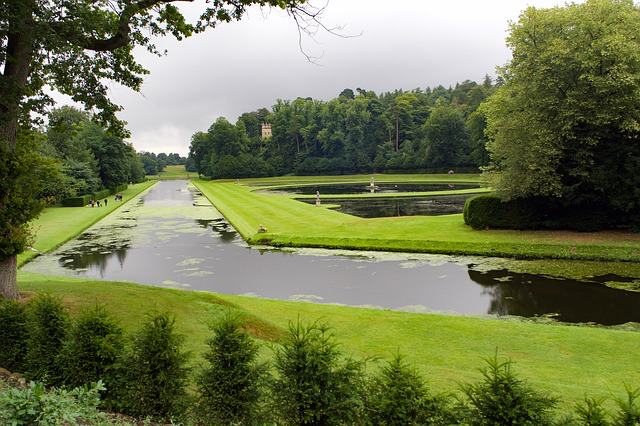
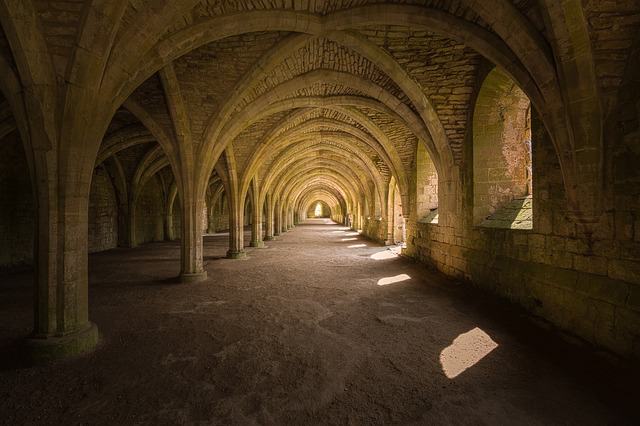
The ruins are accessed over a grassed area. Inside the ruins the ground is generally compounded aggregate and gravel, manageable for most wheelchairs. There are several ramps about the ruins to enable a wheelchair user to access certain parts. For a ruin, and for such a historical and protected landmark, I am surprised and pleased to see how much of the abbey can be accessed by wheelchair.
Some of the other buildings are accessed by grassy slopes. A manual chair would certainly need a helping hand to reach these.
There is a map, available at the entrance to the grounds, showing accessible routes around the park and down to the water garden. In this area of the park there is a Lakeside café. Again this is wheelchair accessible. They even have picnic benches in the garden which are designed for wheelchairs. It’s the perfect spot for a picnic.
The view from “The Surprise View” or “Anne Boleyn’s Seat” has amazing views of the Abbey. There is a very steep path up to this viewpoint. It may not be suitable for your wheelchair and certainly would be tough going in a manual chair, but the beauty of the rest of the gardens and grounds make up what you may miss, if you decide that the path is too steep.
The magnificent St Mary’s Church, which is in the grounds of Studley Royal Park is also wheelchair accessible.
It is free to wonder around the grounds of the deer park, but there is an admission charge for the Abbey and Water Gardens. It is a fabulous day out. We went in February when the snowdrops were out. There were huge areas of the park covered in a carpet of the delicate white flowers. It was a wonderful sight. However, Fountains Abbey is a place where you can visit anytime of the year. There is a list of events, published on the National Trust website, that happen throughout the year from deer watch walks to floodlit abbey ruins. There is something for everyone. It’s a really family day out.
Nearby Walk:
National Trust Accessible Walks:

